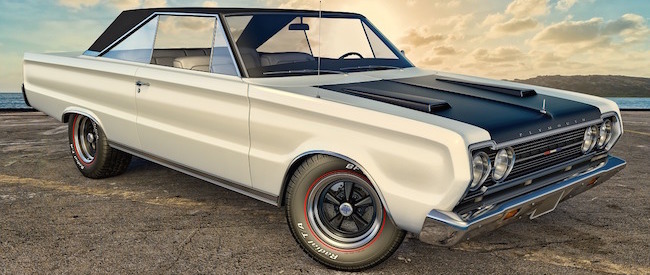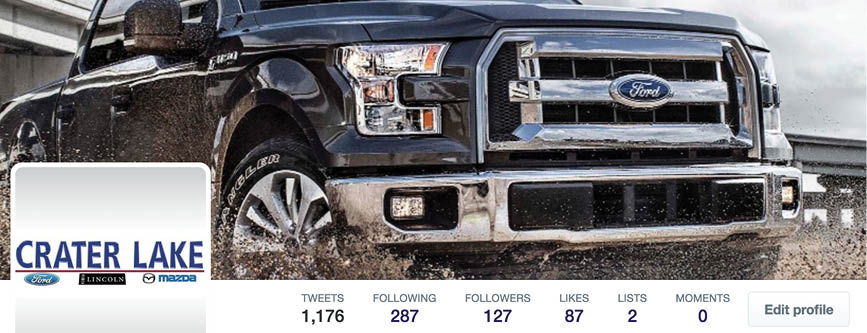
Automotive Marketing Images: Stock Photo vs. Real Photo
Photos tell your visual story.
An actual photo of a vehicle is going to give a lead more information than a stock photo ever will. You can’t expect a playful image of a fake car superimposed on a magical sunset to sell anything (except a lie).
According to this study by Kelley Blue Book Marketing Research, 90 percent of car shoppers would rather view actual photos of a new vehicle at a dealership than stock photography of the same vehicle.
However, a stock photo can come in handy for certain content on your website and social media platforms.
So how do you know when to use a stock photo or a real photo for your automotive marketing images? We’re here to break it down.
Stock Photo or Real Photo?
Your biggest visual opportunities online can be found on your vehicle detail pages (VDPs), banner/cover photos, emails, and social/digital ads.
1. Vehicle Detail Pages (VDPs)
Verdict: Real Photos (Duh)
For a VDP, you should always use real photos of the vehicle you’re selling.
The single most important (and eye-catching) factor of any VDP is the initial photo that loads on the page. If you use a stock photo rather than a real one, the user will only get a generic idea of what the vehicle is like.
It’s worth your time to take several photos from varying angles of each vehicle in your inventory to post on your VDPs. Authentic visual content like this gives your online shoppers a realistic glimpse of the vehicle’s color, condition, and features.
Also, using real photos on your VDPs builds trust with your shoppers. A stock photo makes it seem like you have something to hide.
2. Banner & Cover Photos
Verdict: Both
For a banner photo on your dealership’s website or a cover photo on your social media page, we recommend you stick with a high-quality image — either a stock or a real photo.
So why is it cool to use a stock photo here? Well, you’re not exactly trying to straight-up sell something with a banner or cover photo. Your goal here is to use an image that will make a good first impression and convey a positive feeling.
Take Crater Lake Ford, for example. Here is the dealership’s Facebook cover photo:
And here is the store’s Twitter cover photo:
These cover photos help communicate a positive message for the Ford brand, and they clearly show the type of inventory Crater Lake Ford sells (without requiring the store to manually update the image every time the featured vehicle sells).
3. Emails
Verdict: Real Photos
When you set up an email marketing campaign, your goal is to send your message to a very targeted audience.
Since the leads receiving your emails are probably further along in the automotive buyer’s journey, we recommend you use a real photo of a vehicle in most cases.
Why? Well, if a contact is in your email database, they have likely already been exposed to stock photos of the vehicle they’re interested in. Using an un-staged image of an actual vehicle will garner a realistic consideration of whether or not they should buy it.
Plus, you will probably link the image to a VDP on your website. If you link a stock photo to a page that features real photos, you create an awkward user experience. Set a clear expectation up-front, and use real images for emails.
4. Social & Digital Ads
Verdict: Both
For social and digital ads, we recommend using a real photo.
However, stock photos aren’t all that bad if you can use them the right way. Crop, collage, and experiment with a variety of photos to create a unique look for your ad.
Your best opportunity to connect with leads browsing the web is on a visual level. Social or digital ads may be the first visual piece of content a lead sees. So make it count with a ridiculously good-looking photo — whether it’s real or not.
Improve Your Automotive Marketing Visual Content
Visual content is critical to getting your leads’ attention. Be mindful of the images you use to effectively tell your visual story online.
We can help! Request a digital audit to learn exactly what you should be investing in. We can show you how you stack up online and point out where there’s room to grow.
This free analysis delivers three key recommendations to help grow your dealership online — and tells you how to implement them. Plus, you’ll receive an in-depth analysis of your SEO, online ads, social media, and links.








